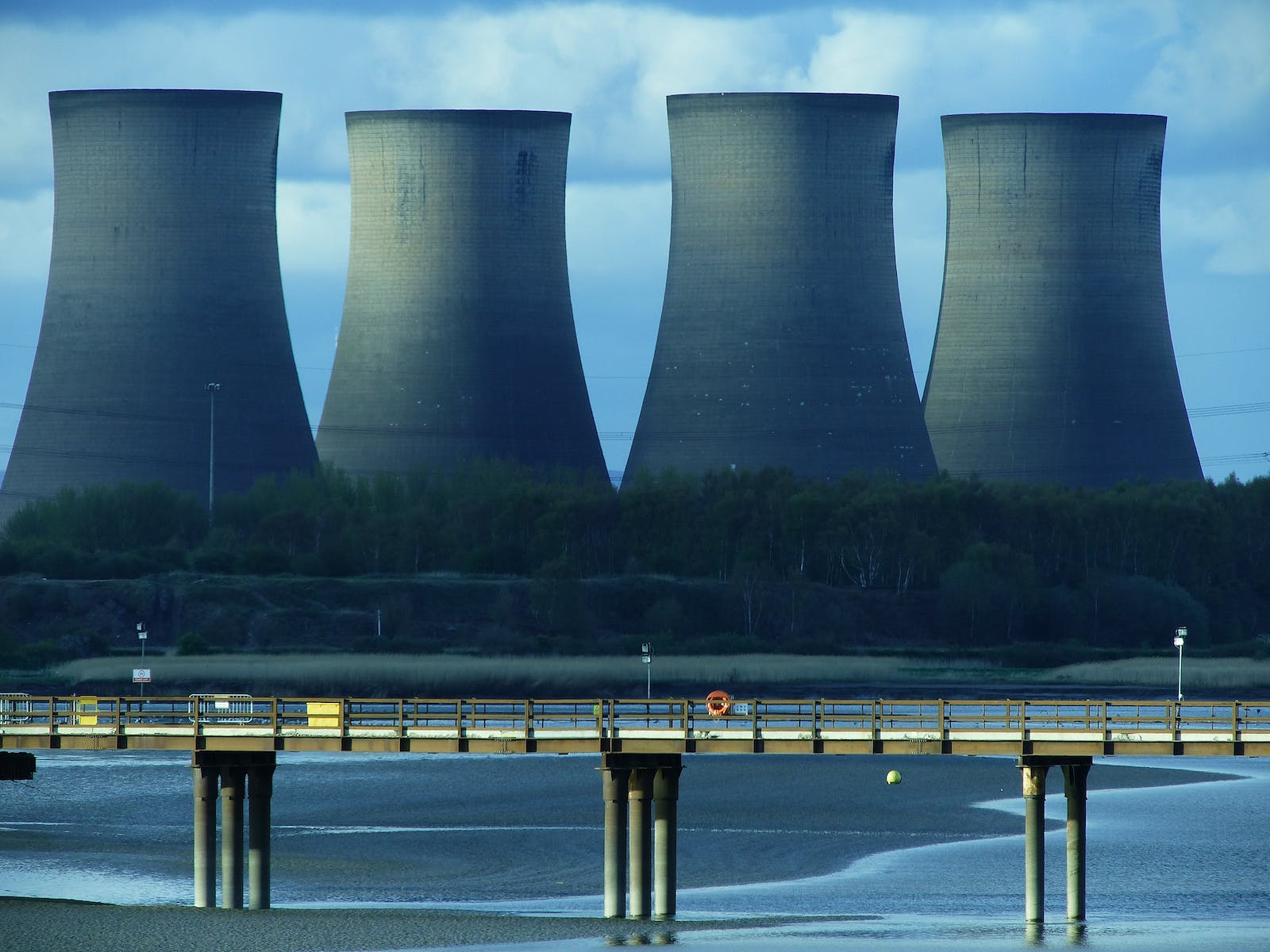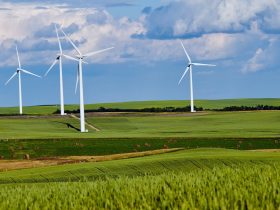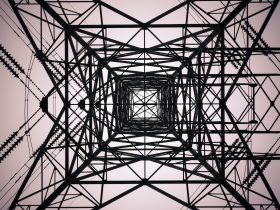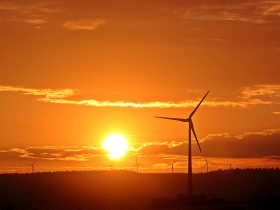Ethical investments in clean energy storage have proven to be successful in driving the transition to a sustainable energy future. These investments have not only contributed to the reduction of greenhouse gas emissions but have also brought economic benefits and improved the well-being of local communities. In this article, we will explore some success stories of ethical investments in clean energy storage, showcasing their positive impact on the environment, economy, and society. These case studies demonstrate the potential and effectiveness of ethical investments in accelerating the adoption of clean energy storage technologies.
Tesla’s South Australia Powerpack Project
One notable success story is Tesla’s Powerpack project in South Australia. In 2017, South Australia experienced a series of blackouts due to an unstable grid and an over-reliance on fossil fuel-based power generation. To address this issue, Tesla installed the world’s largest lithium-ion battery energy storage system in the state. The project involved the installation of 100 megawatts (MW) of battery storage capacity, capable of storing and dispatching renewable energy to the grid during periods of high demand.
The Powerpack project has had a significant impact on South Australia’s energy landscape. It has improved grid stability, reduced the risk of blackouts, and increased the reliability of the electricity supply. The battery storage system has also facilitated the integration of renewable energy sources, such as wind and solar power, by storing excess energy and releasing it when needed. This has resulted in a more sustainable and resilient energy system for South Australia.
Furthermore, the project has provided economic benefits to the region. It has created job opportunities during the construction and maintenance phases, stimulating local economic growth. The increased deployment of clean energy storage technologies has also attracted investments in the renewable energy sector, driving further economic development in South Australia.
Hornsdale Power Reserve in Australia
Another remarkable success story is the Hornsdale Power Reserve in South Australia. Developed by Neoen in partnership with Tesla, the Hornsdale Power Reserve is a large-scale battery energy storage system. It consists of a 150 MW lithium-ion battery, capable of storing and dispatching renewable energy to the grid.
The Hornsdale Power Reserve has played a crucial role in stabilizing the South Australian energy grid. Its fast response time and ability to inject or absorb power within milliseconds have improved grid reliability and reduced the need for fossil fuel-based peaker plants. The battery storage system has also provided frequency regulation services to the grid, helping maintain a stable and consistent power supply.
From an economic standpoint, the Hornsdale Power Reserve has been a success. The project has created job opportunities during the construction and ongoing maintenance phases, contributing to local employment and economic growth. Additionally, the increased deployment of clean energy storage technologies has attracted investments in the renewable energy sector, further stimulating economic development in the region.
The Green Mountain Power’s Virtual Power Plant
Green Mountain Power (GMP), a utility company in Vermont, United States, has implemented a successful virtual power plant (VPP) using energy storage technologies. The VPP consists of a network of distributed energy resources, including residential solar panels, battery storage systems, and electric vehicle (EV) chargers. Through advanced software and control systems, GMP manages and optimizes the energy flow within the VPP, effectively creating a decentralized and flexible energy system.
The VPP has multiple benefits for GMP and its customers. It allows for the efficient integration of renewable energy sources into the grid, reducing reliance on fossil fuel-based power generation. The battery storage systems within the VPP store excess energy generated from solar panels and release it during peak demand periods, reducing strain on the grid and minimizing the need for expensive electricity from peaker plants.
Furthermore, the VPP provides economic advantages for GMP and its customers. By participating in demand response programs, customers with battery storage systems can earn incentives for reducing their electricity consumption during peak hours. This not only benefits the customers by lowering their electricity bills but also helps GMP manage peak demand and avoid additional infrastructure investments.
The VPP also promotes the adoption of EVs by providing charging infrastructure and utilizing EV batteries as a distributed energy resource. This supports the electrification of transportation and contributes to the reduction of greenhouse gas emissions from the transportation sector.
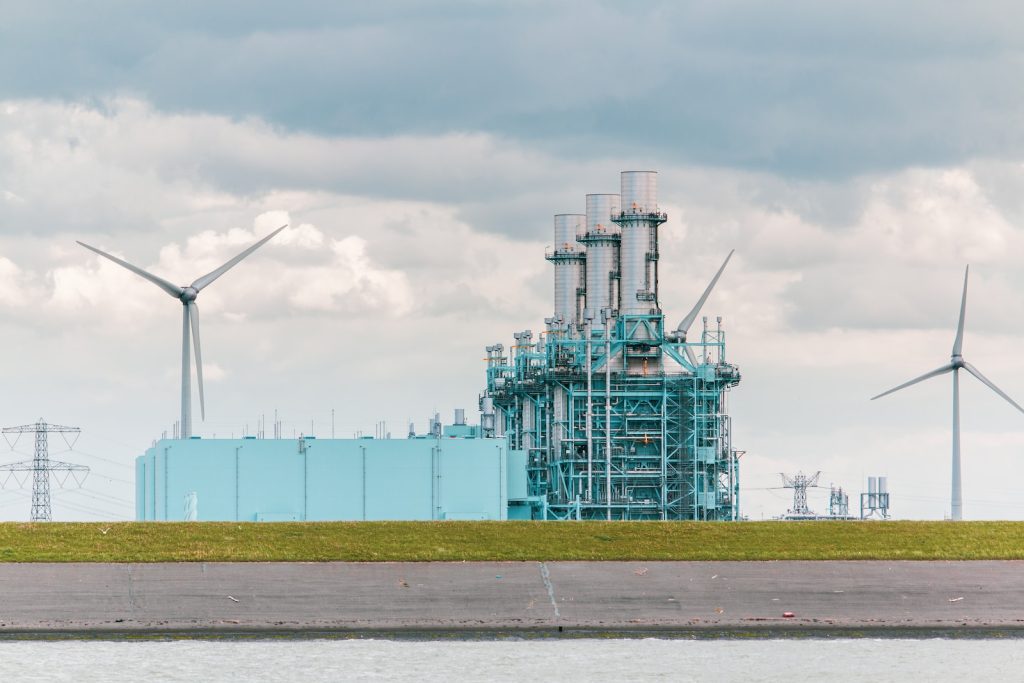
The Energy Storage for Low Carbon Grids Project in the UK
The Energy Storage for Low Carbon Grids (ESLCG) project in the United Kingdom is a collaborative initiative involving several partners, including the University of Sheffield and Siemens. The project aims to develop and demonstrate the effectiveness of energy storage technologies in supporting low-carbon grids.
One aspect of the ESLCG project is the development of a hybrid energy storage system that combines different storage technologies, such as lithium-ion batteries and supercapacitors. This hybrid system offers advantages in terms of energy density, power density, and cycling capability, making it suitable for various energy storage applications.
The ESLCG project has shown promising results in improving grid stability and enabling the integration of renewable energy sources. By storing excess energy during periods of low demand and releasing it during peak hours, the hybrid energy storage system helps balance the supply and demand of electricity, reducing the need for conventional power plants.
From an economic perspective, the ESLCG project has the potential to create job opportunities in the energy storage sector and stimulate economic growth. The development and deployment of innovative energy storage technologies can attract investments and drive the transition to a low-carbon economy.
The Greenko Energy Holdings’ Pumped Storage Hydro Project in India
Greenko Energy Holdings, a leading renewable energy company in India, has undertaken a significant pumped storage hydro project in the state of Andhra Pradesh. The project involves the construction of a pumped storage facility with a capacity of 2,500 megawatts (MW).
Pumped storage hydro is a form of energy storage that utilizes the gravitational potential energy of water. During periods of low electricity demand, excess renewable energy is used to pump water from a lower reservoir to an upper reservoir. When electricity demand is high, the stored water is released, flowing through turbines to generate electricity.
The Greenko Energy Holdings’ pumped storage hydro project has several benefits. It provides a reliable and flexible source of electricity, capable of responding to fluctuations in demand. The project also facilitates the integration of intermittent renewable energy sources, such as wind and solar power, by storing excess energy and releasing it during peak demand periods.
Moreover, the project has positive socio-economic impacts. It creates job opportunities during the construction and operation phases, contributing to local employment and economic development. Additionally, the project supports the growth of renewable energy infrastructure in India, reducing reliance on fossil fuels and mitigating the environmental impact of conventional power generation.
Conclusion
Ethical investments in clean energy storage have proven to be successful in driving the transition to a sustainable energy future. The case studies discussed in this article demonstrate the positive impact of these investments on the environment, economy, and society. From Tesla’s Powerpack project in South Australia to Greenko Energy Holdings’ pumped storage hydro project in India, these success stories highlight the effectiveness of clean energy storage technologies in improving grid stability, reducing greenhouse gas emissions, and creating economic opportunities.
As the world continues to prioritize the transition to clean and renewable energy sources, ethical investments in clean energy storage will play a crucial role in achieving a sustainable and resilient energy system. By supporting these investments, we can contribute to a greener future for generations to come.




























